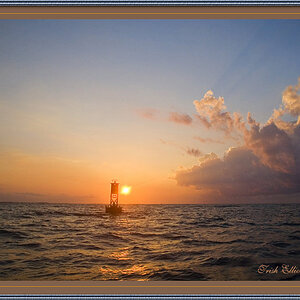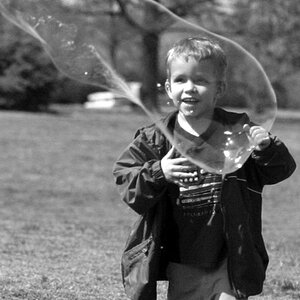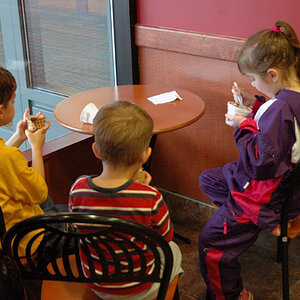McQueen278
TPF Noob!
- Joined
- Mar 24, 2008
- Messages
- 388
- Reaction score
- 0
- Location
- Ann Arbor, MI.
- Can others edit my Photos
- Photos NOT OK to edit
I'm tempted to pick one up with a 65mm f/3.5 or a 55mm f/4.5. I'm looking for something unique for my wedding photography and as silly as it is, I always get oooows and aaaaahs when using my Speed Graphic and my RB67. The only problem with my current specialty cameras is weight. They are a pain to pack and even more of a pain to carry and require tripods 80% of the time. 20% of the time I use flash bulbs with the Speed Graphic.
Basically I am looking for a nice "vintage" camera for some specialty work. I understand that these cameras where once widely used for weddings and journalism, but what kind of quirks do they have and what are the best things to look for when buying them used? Any and all help is appreciated!
Basically I am looking for a nice "vintage" camera for some specialty work. I understand that these cameras where once widely used for weddings and journalism, but what kind of quirks do they have and what are the best things to look for when buying them used? Any and all help is appreciated!


![[No title]](/data/xfmg/thumbnail/34/34115-73b827c6a6db1413dcead11e4caaae69.jpg?1619736285)
![[No title]](/data/xfmg/thumbnail/33/33359-a5cf76b8e843e82b3831650af6dfa6b3.jpg?1619735923)
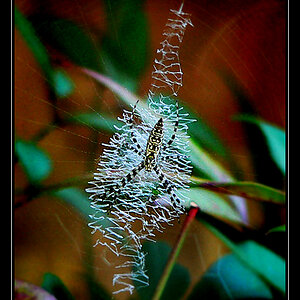
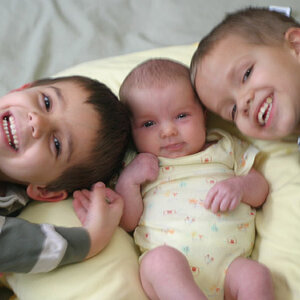
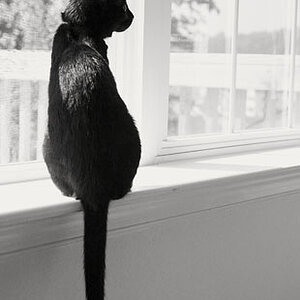
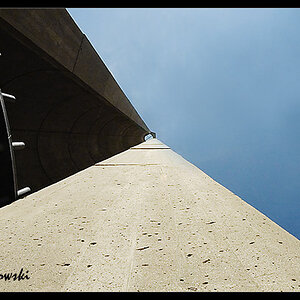
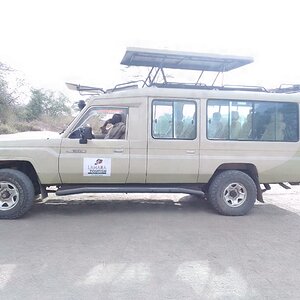
![[No title]](/data/xfmg/thumbnail/35/35667-929554d4a99c11e00cc6fb65672d03e0.jpg?1619737090)
![[No title]](/data/xfmg/thumbnail/34/34116-b81991a4a8a532509a981cadbacd573c.jpg?1619736286)
